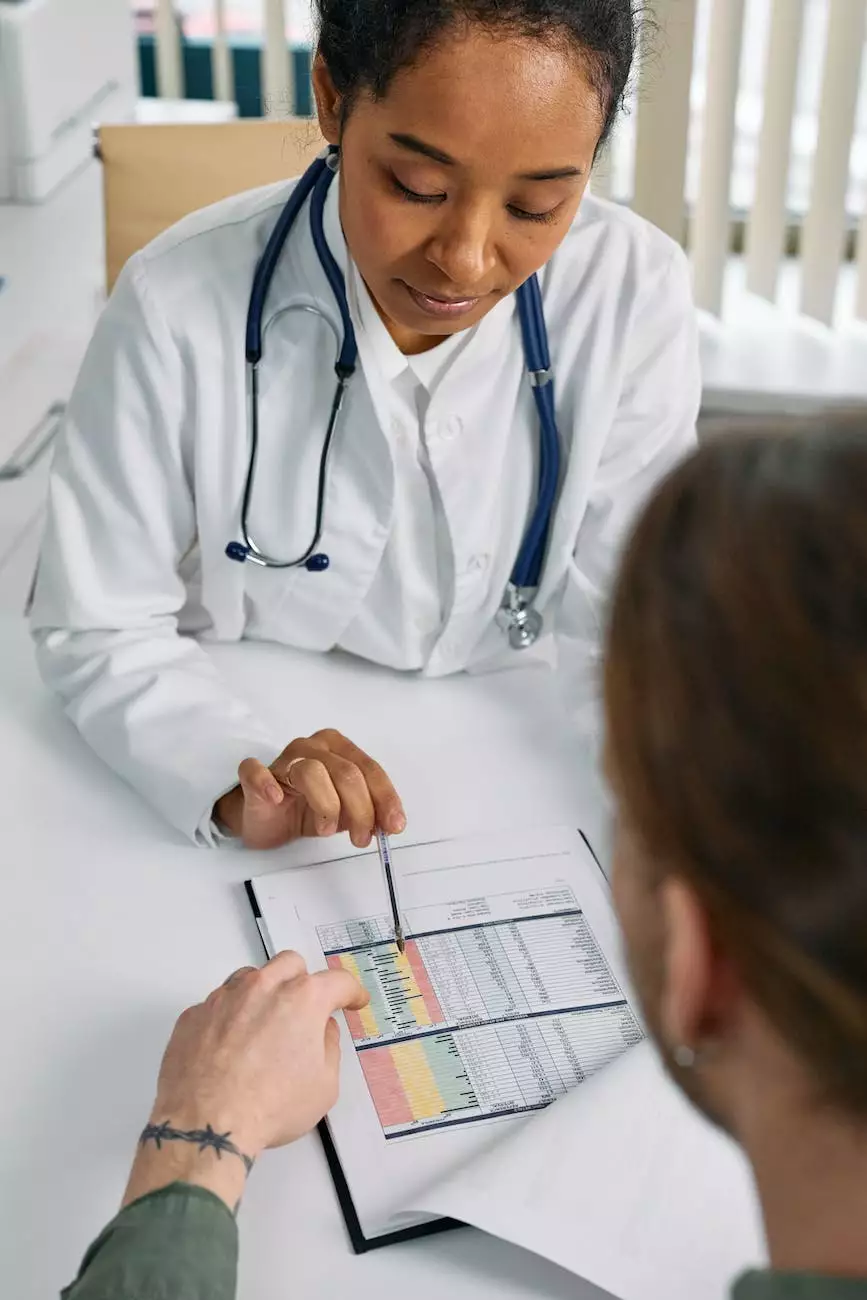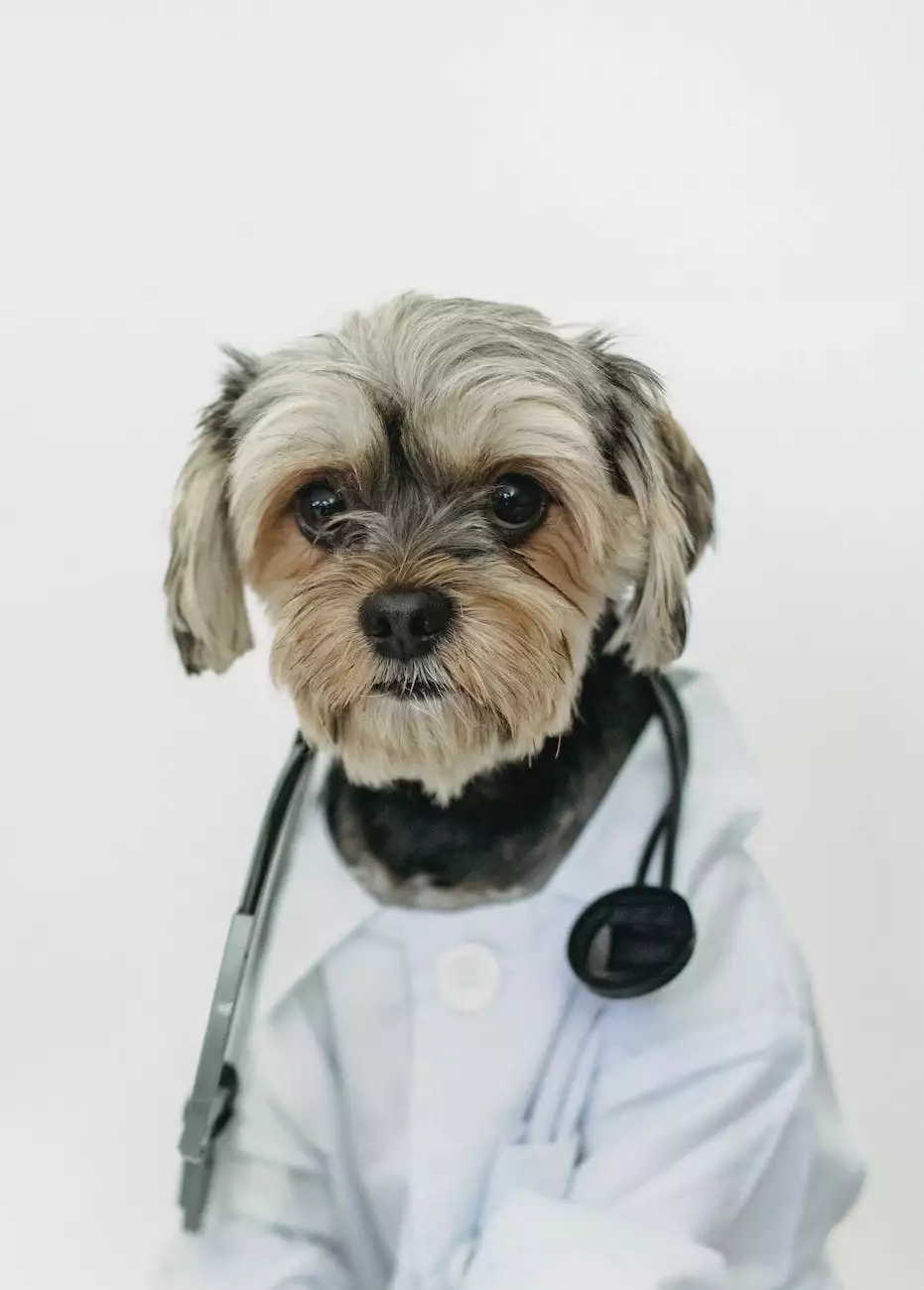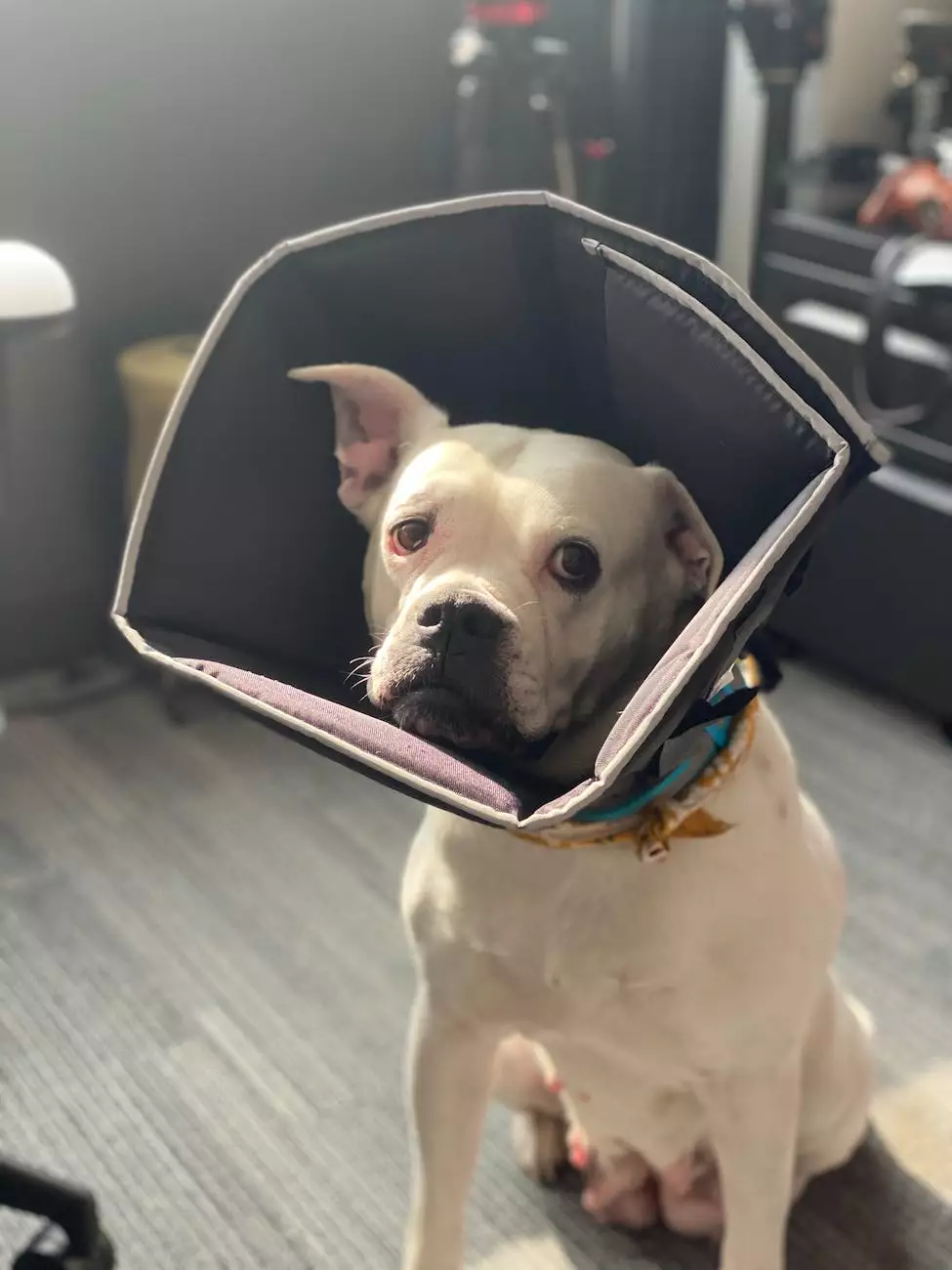Side Effects of a Stroke [INFOGRAPHIC]
Blog
Introduction
Welcome to Richard Martinez, MD's comprehensive guide on the side effects of a stroke. In this detailed infographic, we will explore various aspects of stroke side effects, their impact on patients, and recommended treatments and therapies to manage these effects effectively.
Understanding Stroke
Before diving into the specific side effects, it is essential to have a clear understanding of what a stroke actually is. A stroke occurs when there is a disruption in the blood flow to the brain. This interruption can lead to various physical and cognitive impairments that manifest as side effects.
Physical Side Effects
Hemiparesis
Hemiparesis, or weakness on one side of the body, is a common physical side effect of stroke. It affects the muscles on either the left or right side, depending on which hemisphere of the brain was impacted. This weakness can make basic tasks such as walking, lifting objects, or even holding a spoon challenging.
Apraxia
Apraxia refers to the difficulty individuals experience in coordinating their movements, despite having intact muscles. After a stroke, it is common for stroke survivors to struggle with apraxia, making it challenging to perform everyday activities that require precise motor skills, such as buttoning a shirt or writing with a pen.
Spasticity
Spasticity is the involuntary tightening of muscles, often leading to stiffness and discomfort. Stroke survivors may experience spasticity in the affected limbs, impacting their range of motion and overall mobility. Physical therapy, medication, and stretching exercises can help manage spasticity and improve quality of life.
Balance and Coordination Issues
Stroke can significantly affect a person's balance and coordination, leading to difficulties in walking and maintaining equilibrium. This side effect, known as ataxia, poses challenges in performing simple movements and can increase the risk of falls. Rehabilitation exercises and balance training can aid in rehabilitating balance and coordination skills.
Cognitive and Emotional Side Effects
Aphasia
Aphasia is a language disorder that impairs a person's ability to comprehend and express speech. There are various types of aphasia, including expressive aphasia, receptive aphasia, and global aphasia. These linguistic difficulties can significantly impact communication and social interactions, requiring speech therapy and rehabilitation to improve language skills.
Cognitive Impairment
Strokes can also lead to cognitive impairments, including memory loss, difficulties with problem-solving, decreased attention span, and reduced overall cognitive functioning. Cognitive rehabilitation programs and strategies, such as memory exercises and cognitive-behavioral therapy, can help address these challenges and enhance cognitive abilities.
Depression and Anxiety
It is not uncommon for stroke survivors to experience depression and anxiety due to the significant life changes and challenges they face post-stroke. The emotional impact, combined with physical and cognitive limitations, can contribute to feelings of sadness, hopelessness, and fear. Mental health support, counseling, and medication may be necessary to address these emotional side effects.
Emotional Lability
Emotional lability, often referred to as Pseudobulbar affect (PBA), is a condition characterized by uncontrollable and exaggerated emotional reactions. Stroke patients experiencing emotional lability may exhibit sudden bursts of laughter or crying that are unrelated to the actual emotional state. Pharmacological treatment and emotional regulation techniques can help manage these outbursts and improve emotional stability.
Recovery and Treatment Options
It is important to recognize that recovery from stroke side effects is highly individualized, and each patient may experience different outcomes. However, there are various treatment options and interventions that can aid in the recovery process, including:
Physical Therapy
Physical therapy plays a crucial role in stroke rehabilitation. Qualified physical therapists use a combination of exercises, stretches, and mobilization techniques to help stroke survivors regain strength, improve mobility, and enhance overall physical function.
Occupational Therapy
Occupational therapy focuses on improving the ability to perform daily activities and regain independence. Occupational therapists work with stroke patients to develop strategies, recommend assistive devices, and modify the environment to facilitate successful completion of tasks such as dressing, bathing, and cooking.
Speech Therapy
Speech therapy is beneficial for individuals experiencing language difficulties and swallowing problems. Speech therapists create personalized treatment plans that address aphasia, improve speech articulation, enhance swallowing abilities, and promote effective communication skills.
Medication
In some cases, medication may be prescribed to manage specific stroke-related complications, such as spasticity, depression, or anxiety. It is crucial to consult with a healthcare professional to determine the appropriateness and potential benefits of medications in individual cases.
Support Groups
Joining a stroke support group can provide immense emotional support, encouragement, and practical advice for stroke survivors and their families. Hearing stories from others who have experienced similar challenges can be empowering and foster a sense of belonging.
Conclusion
In conclusion, stroke side effects can significantly impact a person's physical, cognitive, and emotional well-being. However, with proper medical care, rehabilitation, and support, individuals can experience improvements in their overall functioning and quality of life. If you or a loved one have experienced a stroke, Richard Martinez, MD's professional expertise and guidance can assist you in navigating the road to recovery. Contact us today to learn more about our comprehensive stroke rehabilitation programs and resources.










